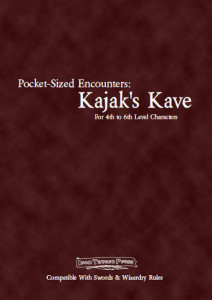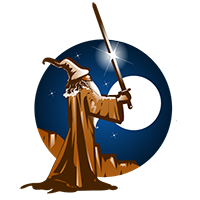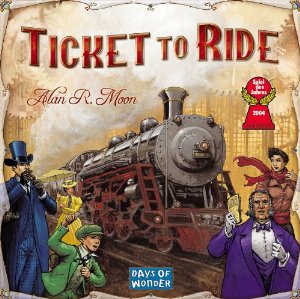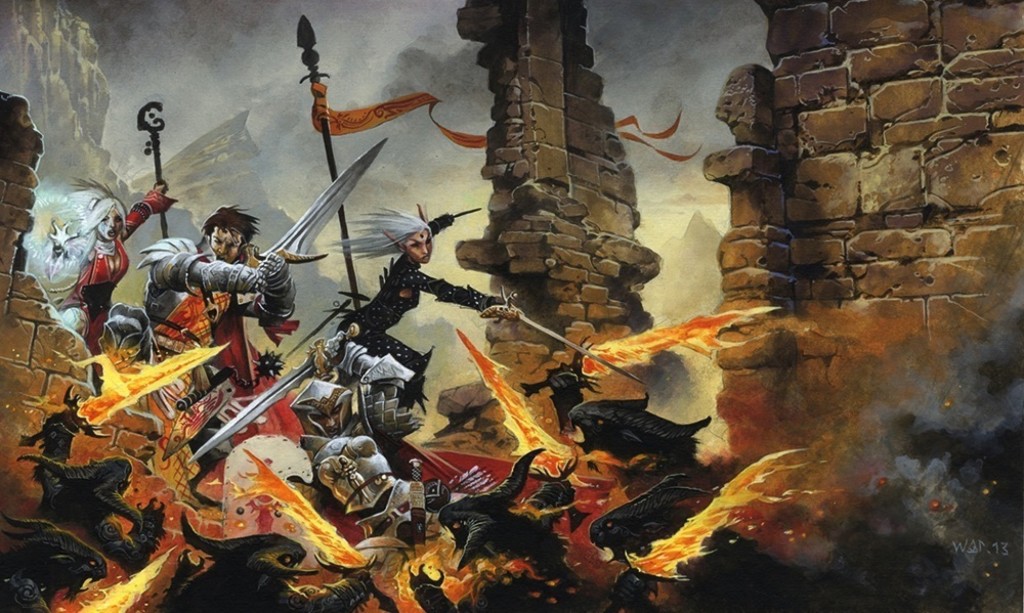 I have been welcomed back to the Iron Tavern! I am as surprised as you so I thought I would start of with a little diatribe of my prediction for this year. Of course that prediction is all about the up and coming edition of everybody’s best known game, Dungeons and Dragons.
I have been welcomed back to the Iron Tavern! I am as surprised as you so I thought I would start of with a little diatribe of my prediction for this year. Of course that prediction is all about the up and coming edition of everybody’s best known game, Dungeons and Dragons.
If you are a regular reader of my posts (may Besmara bless you) you will realize the love-hate relationship I developed with the D&D Next material from last year. I liked it a lot because it is no longer a board (bored) game and is swinging back to its roots with some interesting mechanical choices and a somewhat retro feel. You will also recall I could not organize a game of it. Sure, after I declared it dead to me people came out of the woodwork to give me a game but I stayed true. It should not have been that hard to have played a game.
I am now looking at some of the release schedule for the coming year and I have to say it is hard to go past the release of this new edition for excitement and anticipation. I personally have made the decision to not invest in the game as I believe this year will be the year of Shadowrun for me. But the players of my regular Pathfinder game are keen to give this new D&D system a go.
I have to say the release schedule for Pathfinder is looking pretty bleak in the way of major game releases. There are of course the regularly scheduled releases of Adventure Paths and modules, Golarian updates, players companion material but nothing really to enhance the core system in a major way. There is the Advanced Class Guide currently being playtested but will be up for an August release, so some time before I need to spend money. I have to say that the idea of a Class Guide (I have not downloaded the playtest so I may be very ignorant here) leaves me a little cold. There are a LOT of customization options available for most classes already so it makes me nervous to consider what may be in this book.
Release of Dungeons and Dragons will more than likely occur sometime in June, July, or August. I am not sure how the release will be structured. Will they follow the tradition of having a players handbook, a dungeon master guide and a monster manual? Or will they finally change up this tired and expensive process. The site that announces the “Summer” (won’t be summer here) release has no further details and points to dungeonsanddragons.com which is a parked site with no detail on it yet. What would be nice is a boxed set. Just saying 🙂
Of course there are some other fantastic game developments coming up. Pathfinder Online is set to move into testing stages after the next quarter (I have early access – woot!) and there are a bunch of other exciting projects coming to fruition in 2014. FATE turns officially one this year and it seems to still be going strong with a stream of really useful material now out for it. Earthdawn Kickstarter is in its last days and is promising to be a great new start to a troubled title that has floundered for a little too long (Earthdawn is my favorite fantasy game ever). You can still back it though there are only two days to go. The details are here.
2014 is shaping up as the year of the Dungeons and Dragons but what are you looking forward to most? Hit us up in the comments section and let me know what I should be getting excited about! Keep rolling everyone.
Mark Knights is 40 year old guy living in a small rural town called Elliott in Tasmania, Australia. I have been role playing since I was 11 years old playing the original versions of Dungeons and Dragons, MERP, Elric, Dragon Warriors and the like amongst other genre games. I played D&D 2nd Edition through the 90′s but I ran Earthdawn for my fantasy setting and loved it as a GM. When 3rd Edition came out for D&D I tried it but found it too heavy on rules. I ignored the 3.5 edition of DnD in favour of Earthdawn (big mistake) as I thought it was just a money spinner. When 4th Edition DnD came on my players and I gave it a red hot go but hated what it had dumbed the game down to be. On a trip to Melbourne to buy some 4E stuff from a hobby store an old mate of mine pointed me at Pathfinder and in a Fantasy setting I have never looked back.







